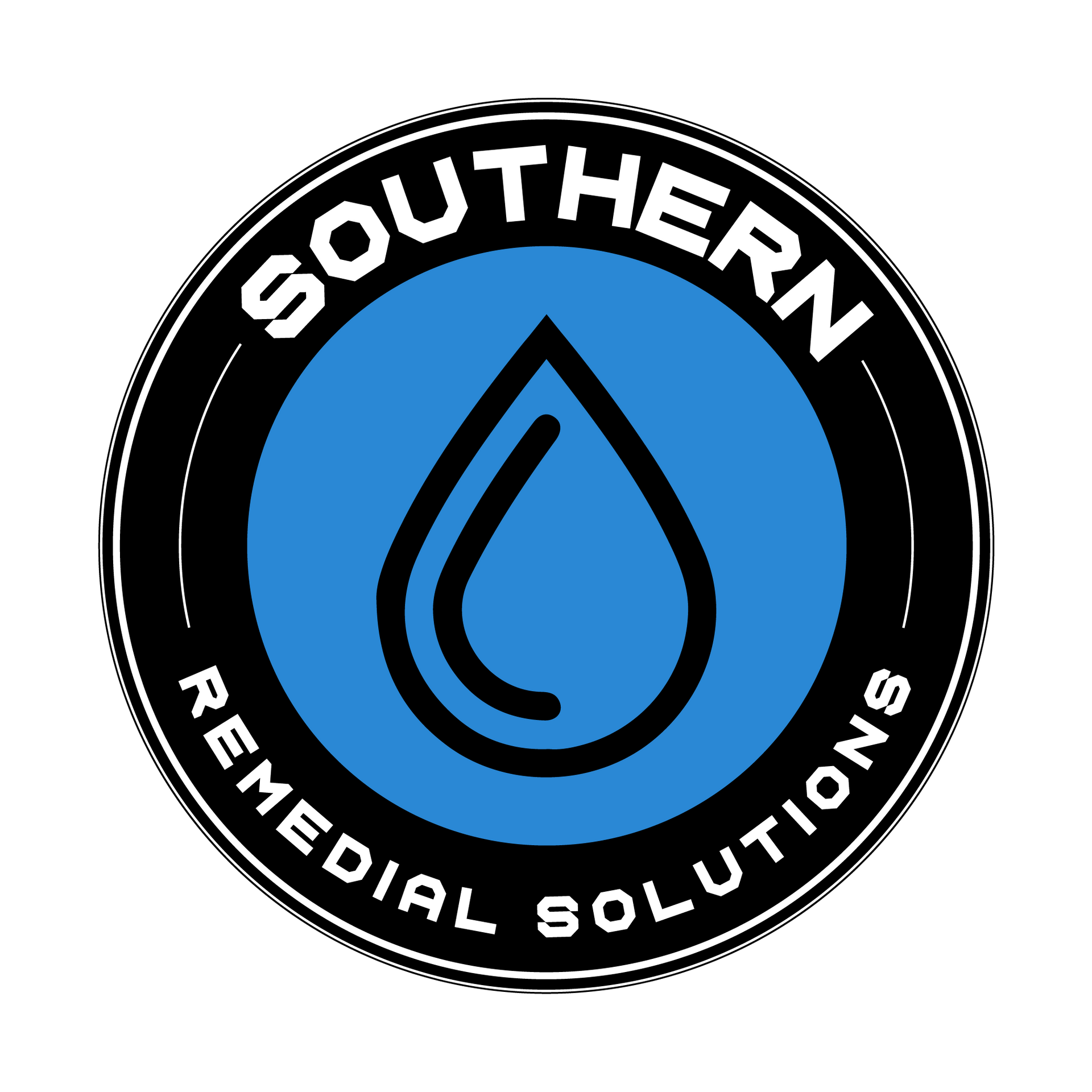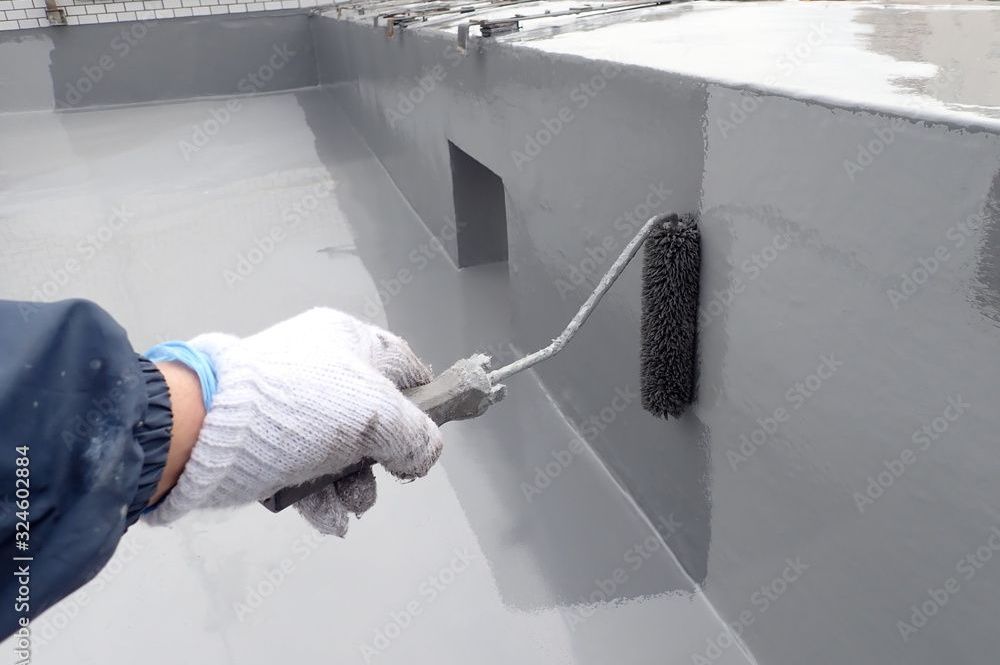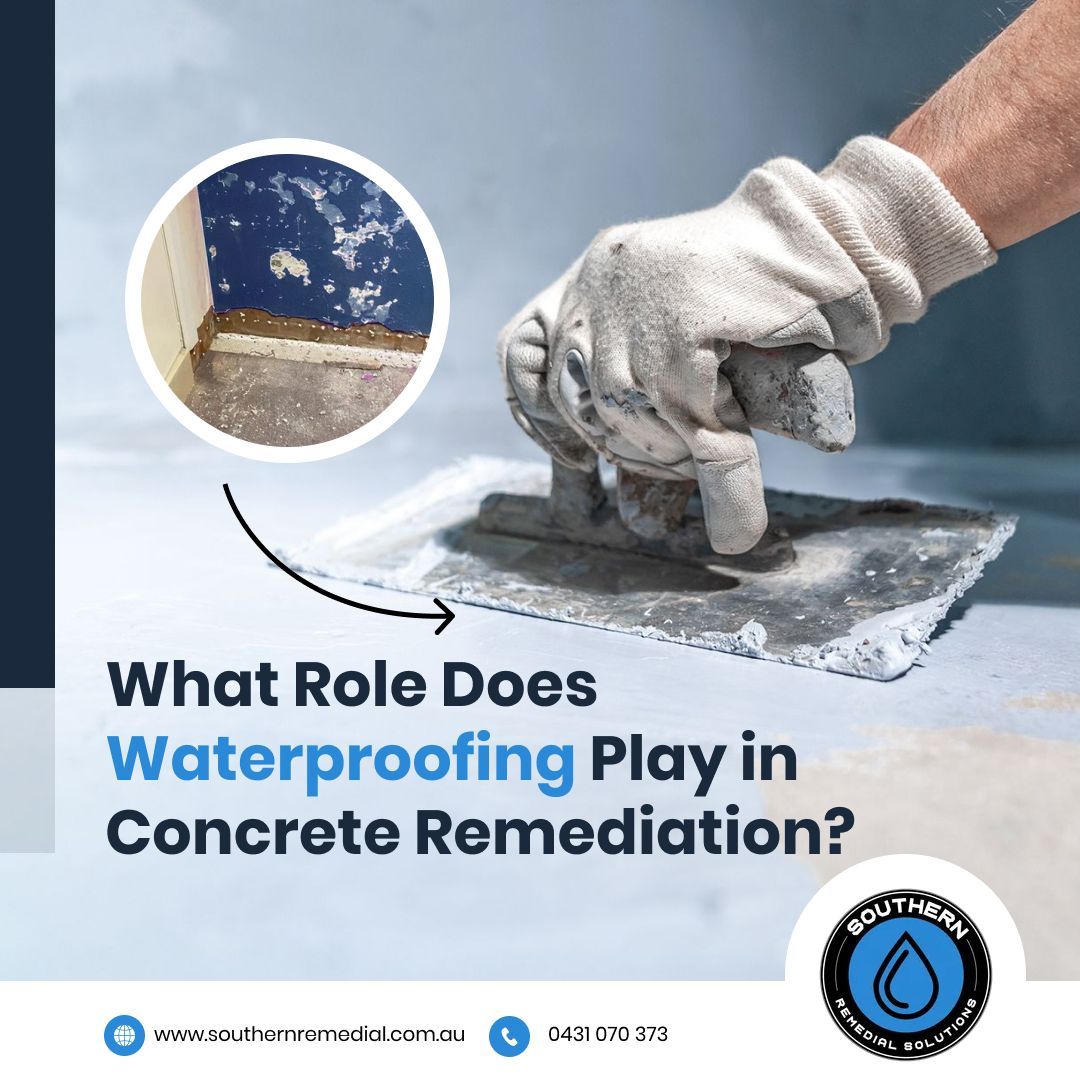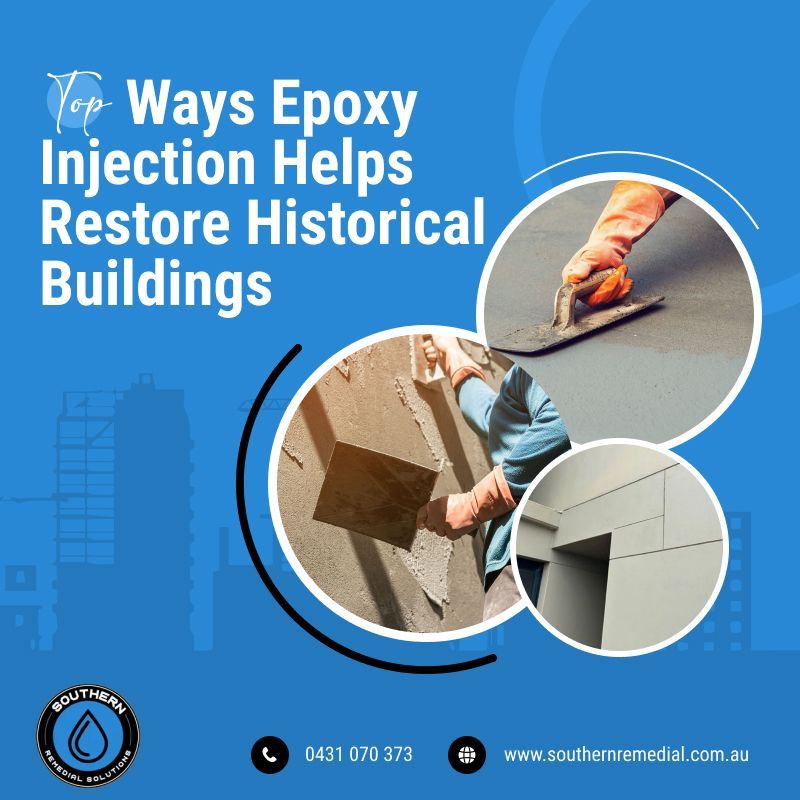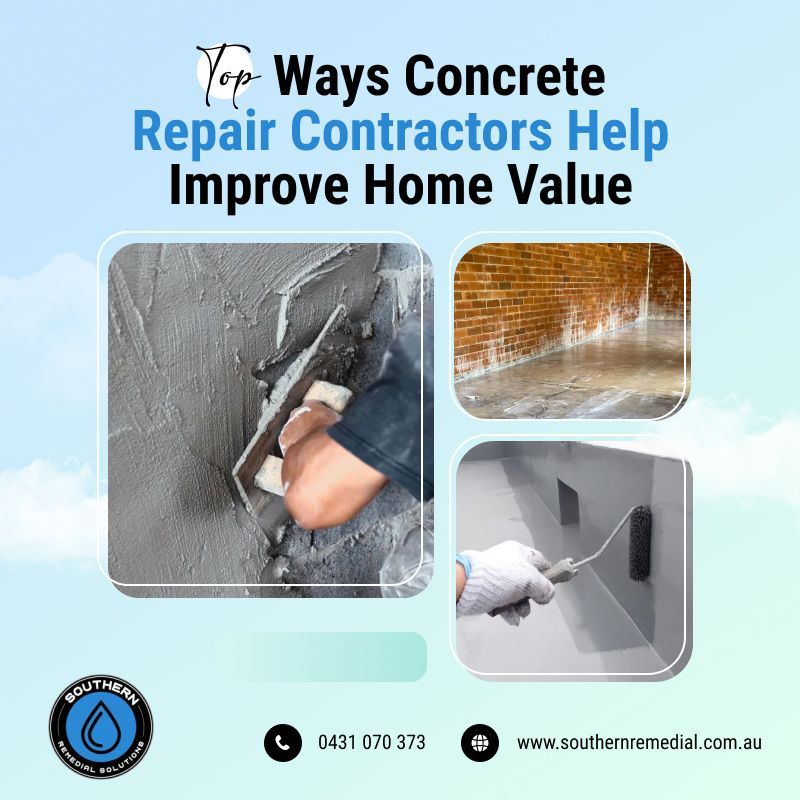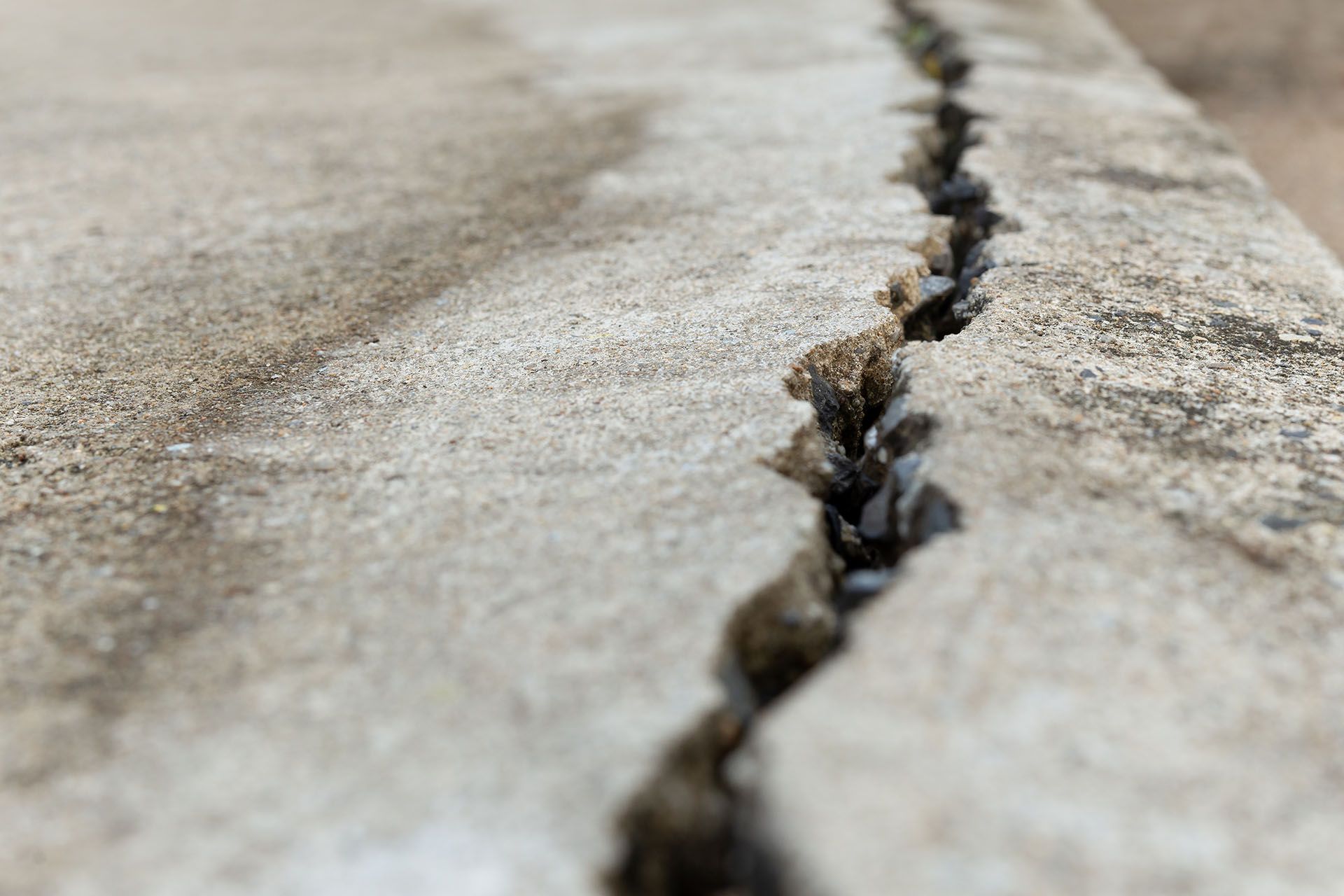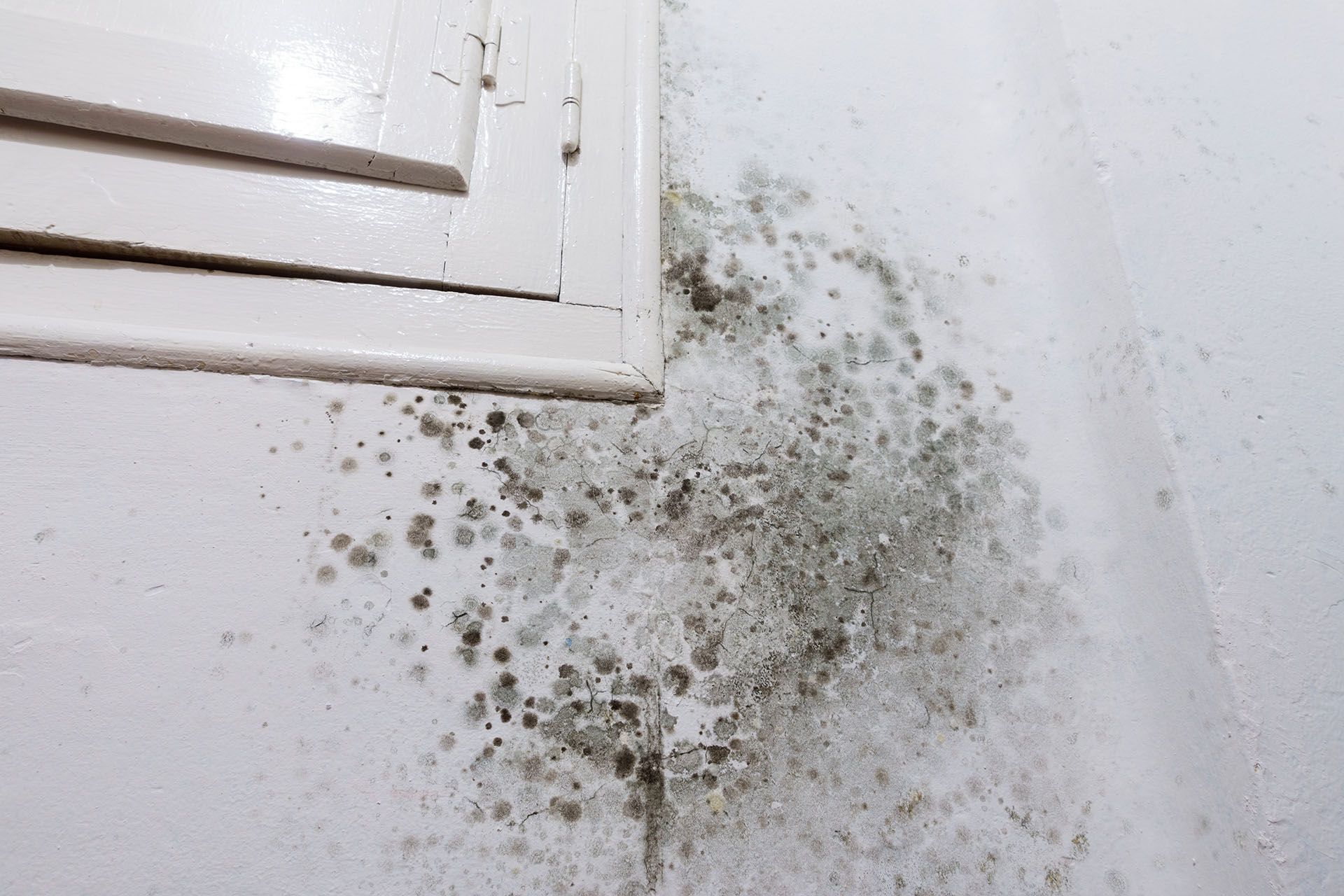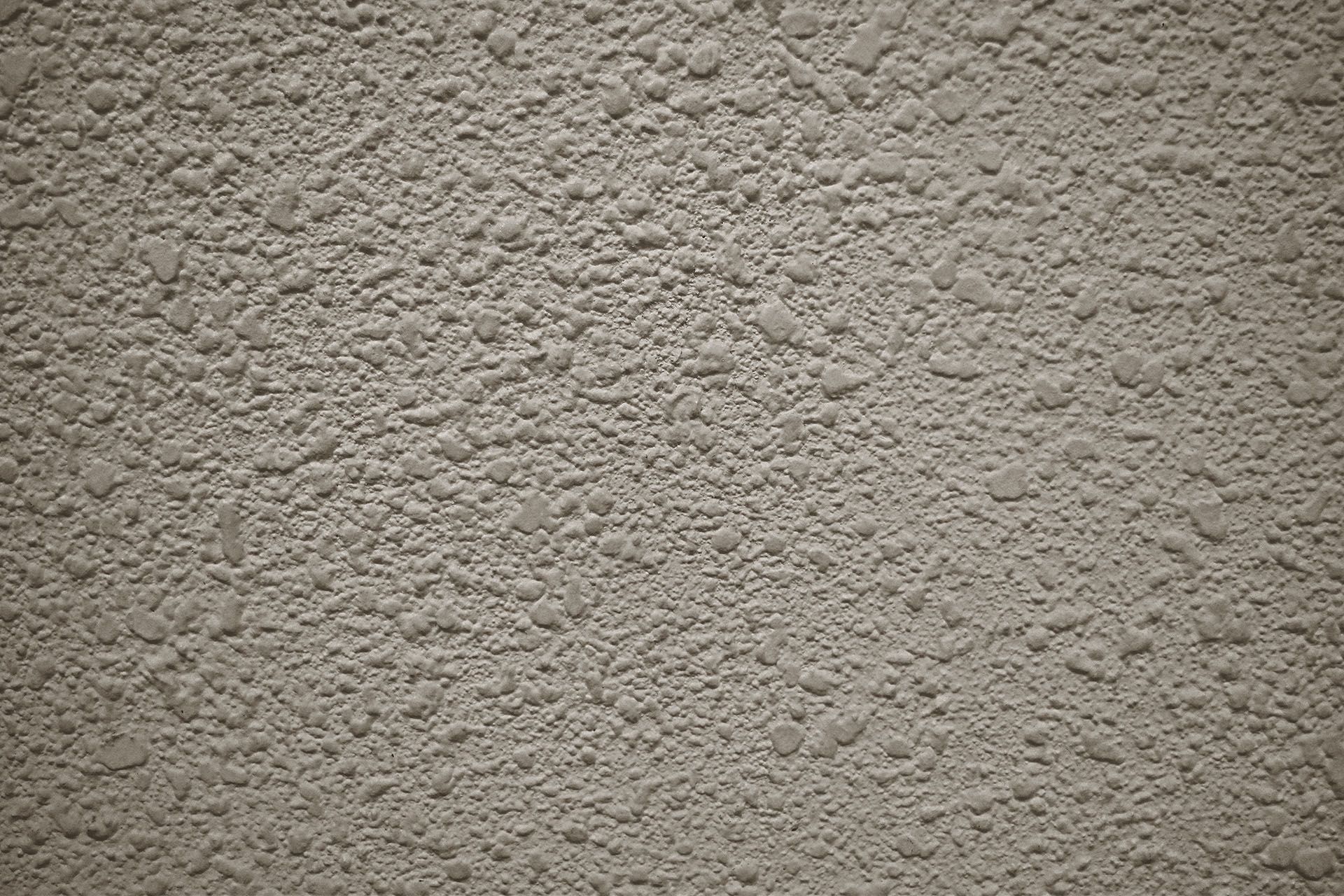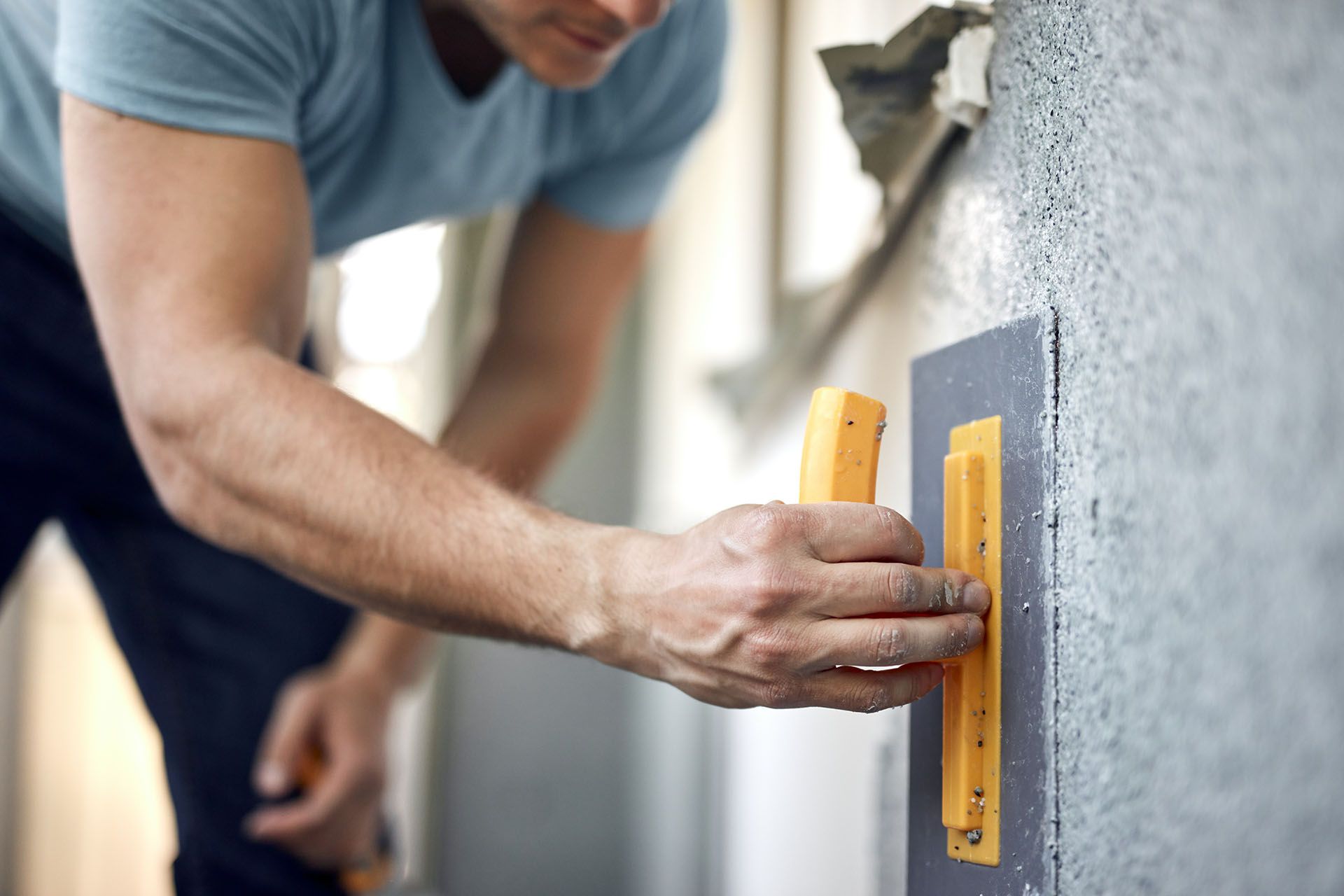What is Concrete Cancer? Signs, Causes and Treatments
Are your concrete structures showing signs of wear and tear? If you suspect concrete cancer, it is of absolute importance to act promptly to avoid expensive repairs down the road. Seeking professional concrete repair Sydney services is often the best course of action. However, if you're looking to understand the intricacies of concrete cancer, this comprehensive guide has you covered. Here, we'll delve into the causes of concrete cancer, signs to watch for, and effective methods for remediation and long-term preservation of your valuable concrete assets. Whether you're dealing with an existing issue or seeking preventative measures, this blog will equip you with the knowledge that you need to protect your concrete structures effectively. Continue reading to learn more.
What is concrete cancer?
Concrete cancer, also known as concrete spalling or concrete degradation, is a condition in which concrete structures begin to deteriorate due to the corrosion of the steel reinforcement bars within the concrete slab. It is a progressive and often irreversible problem that can affect the structural integrity of various concrete structures including buildings, bridges, tunnels, and other infrastructure.
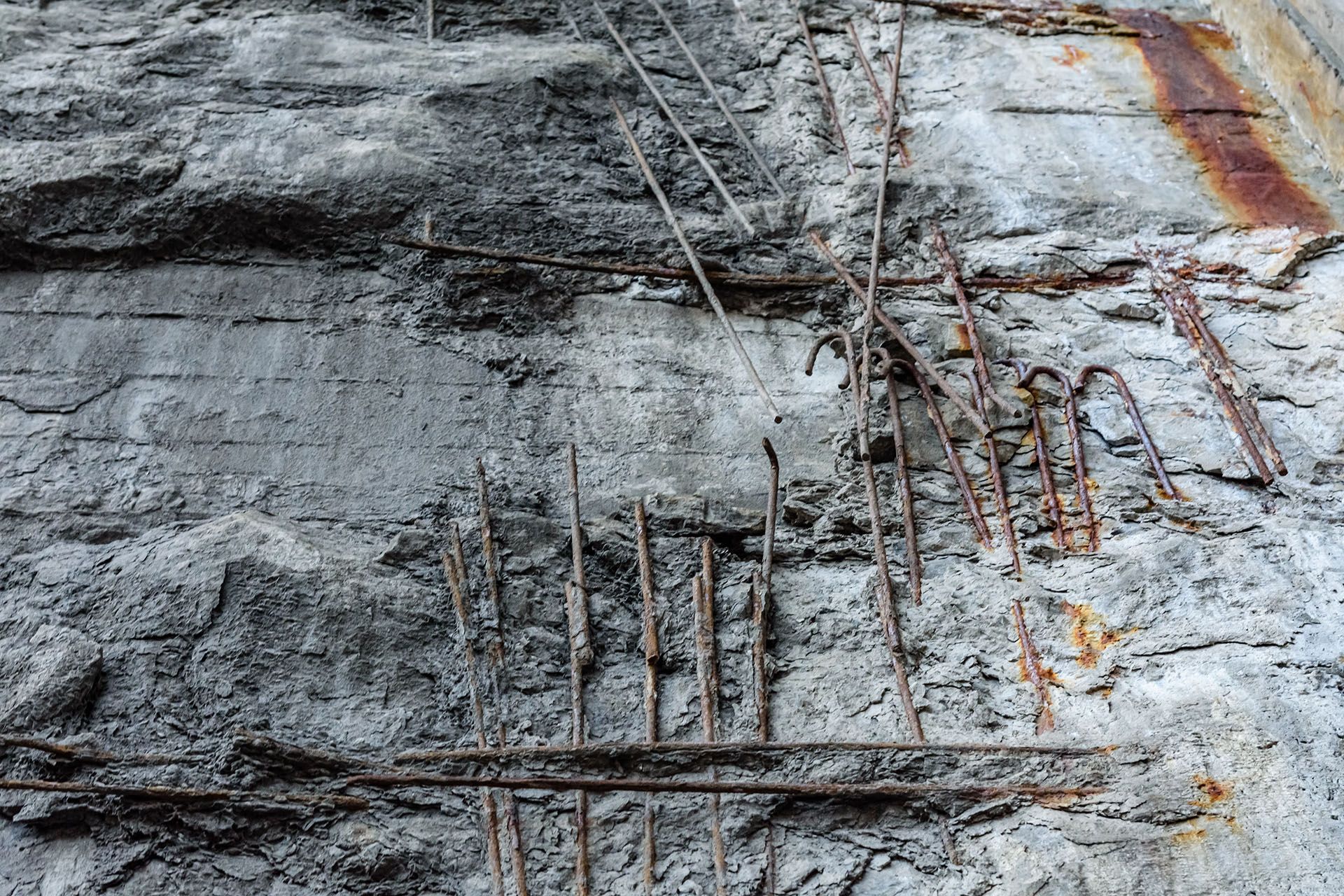
What are the common signs of concrete cancer?
Concrete cancer can occur at any time, so it is advisable to be aware of some potential indicators that your building may be impacted. If you suspect it in a building, it's advisable to seek professional assistance from a structural engineer to diagnose concrete cancer accurately. Some common signs of concrete cancer include:
- Concrete cracks
- Crumbling concrete
- Rust stains on concrete
- Bubbling concrete render
- Leaks in overhead concrete surfaces and internal walls
- Concrete expanding outwards
What causes concrete cancer?
Concrete cancer is mainly caused by the corrosion of steel reinforcement bars in concrete structures. This occurs when water and oxygen come into contact with the embedded steel, leading to rusting and weakening of the metal. Other factors that can lead to concrete deterioration include:
Poorly Poured Substrate
Poorly poured substrate can create vulnerabilities in the concrete structure that, over time, allow water, oxygen, and other corrosive agents to seep in the reinforcing steel. When the steel begins to corrode, it will then start to expand, creating internal pressure that causes the concrete to crack, spall, and disintegrate. To prevent concrete cancer, proper substrate preparation and pouring techniques should be used.
Poor Waterproofing
Poor waterproofing is another major factor that can lead to concrete cancer. When water penetrates the concrete, it can carry harmful substances such as chlorides and carbon dioxide that can corrode the reinforcing steel and cause it to expand. Additionally, the presence of water can increase the pressure on the concrete from within, weakening its structural integrity. Thus, leading to cracks, spalling, and eventual disintegration. Keep in mind that waterproofing should be done properly with the right materials and techniques to prevent water ingress.
Building Defects
While building defects themselves may not directly cause concrete cancer, they can create conditions that may contribute to the corrosion process. Defects that are related to drainage systems, concrete cracks, and gaps can lead to the accumulation of water in the surrounding concrete. As a result, this creates an environment that is ideal for the growth of bacteria and fungi, leading to further corrosion. By taking measures to repair these defects as soon as possible, property owners can ensure that their properties are better protected against concrete cancer.
Poor Quality Concrete
Poor-quality concrete can compromise the protective properties of the concrete, making the steel reinforcement more susceptible to corrosion. Once corrosion of the steel begins, it can lead to the expansion of the rebar and the development of cracks and spalling in the concrete. To prevent concrete cancer, it's important that you use high-quality concrete materials to guarantee proper compaction and provide adequate concrete cover for the rebar to protect against corrosion.
Insufficient Concrete Cover
Insufficient concrete cover refers to the inadequate thickness of the concrete layer that surrounds the steel reinforcement (rebar) within a concrete structure. If the cover is too thin, it can leave the steel exposed to environmental factors and cause corrosion. This can lead to concrete cancer and destabilisation of the structure. In this case, the building performance for earthquake resilience can be drastically reduced. To prevent this, make sure you use adequate amounts of high-quality material to guarantee a sufficient concrete cover for your rebar.
Ground Movement
Ground movement can cause concrete spalling through a phenomenon called 'subsidence'. When the ground beneath a concrete structure shifts or settles unevenly, it can create added pressure and stress on the concrete. This can lead to the development of cracks in the concrete, which, over time, can allow moisture and aggressive chemicals to penetrate the structure. As a result, the concrete may start to deteriorate, leading to concrete cancer. Proper construction techniques, regular inspections, and addressing subsidence issues promptly can help prevent this form of concrete deterioration.
How do you repair concrete cancer?
Depending on the extent of damage and specific circumstances, concrete cancer repairs may involve the following:
Onsite Inspection
Start by assessing the extent of the damage. Look for signs of concrete cancer, such as rust stains, cracks, spalling, and exposed reinforcement bars.
Removal of Affected Concrete
Remove the damaged or corroded concrete, making sure that all rust and deteriorated material is completely removed. To further protect the rebar, use a corrosion inhibitor or anti-rust treatment.
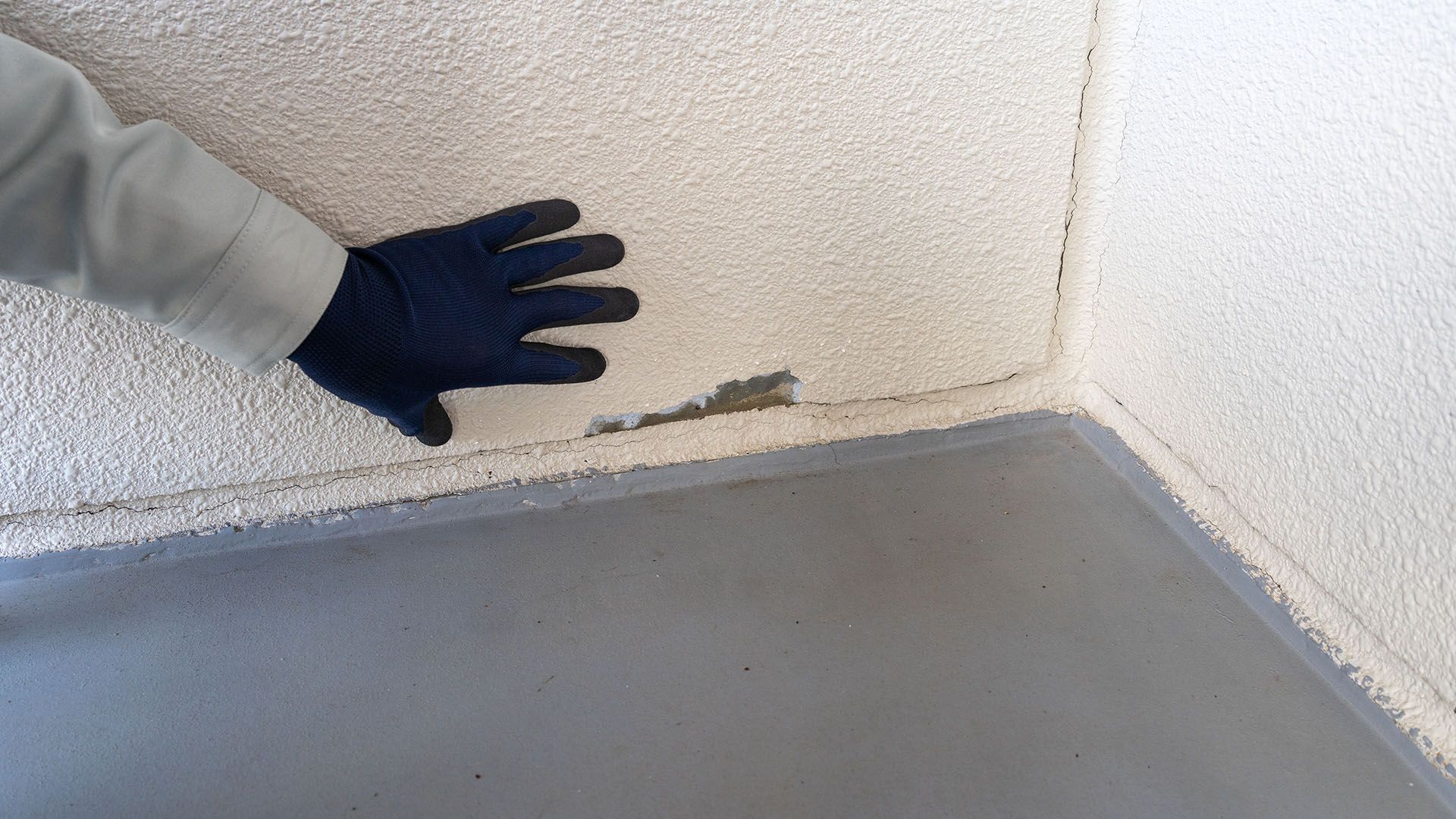
Reinstatement of Concrete
After treating the reinforcement bars, reinstate the removed concrete using a high-strength polymer modified material. Typically, a polymer-modified repair system is often used because of their durability and bonding properties. Through this system, damaged concrete surfaces, especially those with corroded reinforcing bars can be repaired. They work by enhancing adhesion, improving structural integrity, and increasing resistance to further deterioration. By bridging cracks, sealing damaged areas, and preventing further corrosion, polymer modified repair system can effectively fix concrete cancer and restore the structure's integrity.
Application of Protective Coatings
To prevent future moisture ingress and corrosion, anti-carbonation coatings or waterproofing solutions can be applied to the repaired concrete surface. Anti-carbonation protective coatings are specialised coatings that are applied to concrete structures, such as buildings, bridges, and parking structures, to protect them from carbonation.
When concrete carbonation occurs, carbon dioxide from the air penetrates concrete and reacts with the calcium hydroxide in the cement to form calcium carbonate. While this may sound harmless, carbonation can lead to corrosion. With an anti carbonation protective coating, the concrete can be protected from further permeation of carbon dioxide, preventing corrosion and preserving its strength and durability.
Regular Maintenance
After repair, it's essential to perform regular inspections and maintenance to detect and address any issues promptly, and mainly to prevent the recurrence of concrete cancer. Regular maintenance can also help to identify defects and weaknesses in the concrete before they become serious.
Takeaway
Understanding what concrete cancer is and how to address it is crucial for the longevity and safety of your structures. By recognising the signs early, seeking professional diagnosis, and implementing appropriate repair methods, you can extend the life of these structures and prevent further deterioration.
At Southern Remedial Solutions, we are concrete remediation specialists servicing Wollongong and the Illawarra, Sydney, South Coast & Southern Highlands. Using industry-leading technologies, we can provide concrete repair solutions to enhance the strength and durability of your structure. Whether you need concrete cancer treatment, concrete restoration and cleanup, or concrete leak repair, our concrete specialists are well-equipped to quickly diagnose, cure, and provide enduring protection for your concrete to prevent further damage. Contact us today to get a free estimate.

